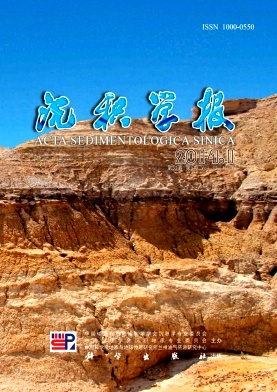Triassic-Neogene Heavy Minerals' Assemblages Characteristics and Basin-Orogen Tectonic Evolution Relationship in the Kuqa Foreland Basin
- Publish Date: 2014-02-10
-
Key words:
- Kuqa depression /
- Triassic-Neogene /
- heavy mineral /
- provenance /
- basin-orogen evolution /
Abstract: It established an analytical method to elucidate the relationship between sediment sources and tectonic evolution by the analyses on heavy minerals type and their assemblages and the characteristics of sandstone detrital component in Kuqa foreland basin, it shows the relationship of response to tectonic movement on the characteristics of heavy mineral assemblage. Meanwhile, it also shows that there are five periods tectogenesis during Triassic-Neogene, that are Middle-Late Triassic, Late Jurassic-Early Cretaceous, Late Cretaceous, Paleogene and Miocene. Different heavy minerals assemblages and increasing of unstable heavy minerals during Late Jurassic-Early Cretaceous, Late Cretaceous and Miocene might indicate tectonic activity during these three periods. By analyzing the color, content and their assemblages characteristics of the heavy mineral and sandstone detrital composition of the Kuqa foreland basin, there mainly existed three provenance channel that is the Tuzi-Dina, Dabei and Kela sediment sources areas in the northern piedmont zone of Kuqa depression and one that is the Quele sediment sources areas in the Wensu uplift. The Triassic-Neogene tectonic activities and evolution of the basin-orogen pattern in the Kuqa basin should be related to the heavy minerals' assemblages characteristics.
| Citation: | Triassic-Neogene Heavy Minerals' Assemblages Characteristics and Basin-Orogen Tectonic Evolution Relationship in the Kuqa Foreland Basin[J]. Acta Sedimentologica Sinica, 2014, 32(1): 68-77. |






 DownLoad:
DownLoad: